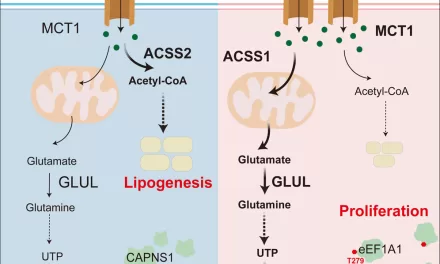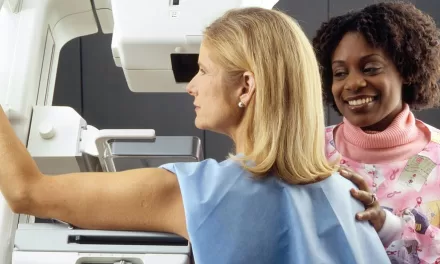Valentine’s Day is a celebration of love, and traditionally, that means heart-shaped chocolates, indulgent meals, and sweet treats. However, while these gestures may warm the heart metaphorically, they might not be doing any favors for your actual heart health.
Don’t worry—this isn’t a call to abandon Valentine’s Day indulgences entirely. Rayven Nairn, a registered dietitian with Johns Hopkins University Student Health and Well-Being Primary Care in Baltimore, assures that occasional treats can be part of a healthy lifestyle. The key, she says, is moderation. “You want to try to space out whatever sweets and treats you receive so that they’re consumed in moderation,” Nairn advises.
The Influence of Relationships on Health
Your relationship may already be shaping your health habits in ways you might not realize. According to Dr. Stephanie J. Wilson, an assistant professor of psychology at the University of Alabama at Birmingham, partners significantly influence each other’s well-being. “If one partner has diabetes or cardiovascular disease, the other can be at increased risk for that as well,” Wilson explains. Similarly, mental health can be affected, as “if one partner is depressed, it increases the other partner’s risks for depression.”
By making health-conscious choices together, couples can strengthen not only their relationships but also their overall well-being. With that in mind, here are some heart-friendly ways to celebrate Valentine’s Day.
Small Adjustments for a Healthier Celebration
Be Aware of Your Influence
Partners tend to mirror each other’s habits, whether they realize it or not. If one partner exercises regularly, the other may feel motivated to follow suit. On the other hand, indulging in unhealthy treats together can reinforce habits that might not be beneficial in the long run. This Valentine’s Day, consider a thoughtful gift that aligns with your partner’s health goals—perhaps a fitness tracker or a pair of quality running shoes instead of a box of chocolates.
Let’s Split That Big Meal
Dining out on Valentine’s Day is a popular tradition, but portion sizes at restaurants can sometimes be excessive. Nairn suggests sharing meals as a way to manage portion control while still enjoying a delicious dinner. Splitting an entrée and opting for smaller appetizers can help keep portion sizes reasonable without sacrificing enjoyment. Of course, always check with your partner first—some people are less inclined to share their meals!
Cook a Romantic Dinner at Home
Cooking at home can be an even more intimate and meaningful way to celebrate Valentine’s Day. Preparing your own meals gives you control over ingredients, cooking methods, and portion sizes. Nairn recommends opting for grilled, baked, or stir-fried dishes, which tend to be healthier choices compared to fried or heavily processed options. “It’s also a way to put effort into the celebration and show more care,” she says.
Healthier Movie Night Choices
If your Valentine’s plans include a trip to the movies, consider making smarter snack choices. Popcorn, for instance, is a whole grain that is naturally high in fiber. To keep it healthier, skip the extra butter or ask for it on the side to control how much you use. Downsizing your drink and limiting candy intake can also make a difference.
Move Together
Valentine’s Day doesn’t have to revolve around food. Activities such as dance classes offer a fun and romantic way to celebrate while also benefiting heart health. Nairn notes that dance is great cardio, and it also provides social interaction, which research has shown to contribute to longevity. Alternatively, taking an art class or engaging in a creative activity together can be good for mental well-being.
The Importance of Emotional Connection
Beyond physical health, emotional intimacy plays a crucial role in overall well-being. Wilson suggests that taking a walk together, reminiscing about your relationship, or engaging in deep conversation can strengthen your bond. “There are benefits of sharing in positive emotions, reflecting on how your life is going well, and feeling that your life is meaningful,” she explains.
No Date? No Problem
For those who are single, Valentine’s Day can still be an opportunity to celebrate self-love and social connections. Nairn encourages gathering with friends and engaging in activities that bring joy. “Humans are made for connection,” she says. “You can think of it as a way to love on yourself a little as well.”
Striking a Balance
Not all couples will have the same perspective on how to celebrate. Nairn emphasizes the importance of compromise—if your partner looks forward to traditional treats, consider embracing a mindset of selflessness for the day while incorporating healthier choices elsewhere. “Hopefully, your partner will do the exact same thing in return,” she says.
Ultimately, Valentine’s Day is about celebrating love, and what better way to do that than by prioritizing a long and healthy future together?
Disclaimer:
This article is for informational purposes only and does not constitute medical or nutritional advice. Please consult a healthcare professional or registered dietitian for personalized recommendations tailored to your specific health needs.











